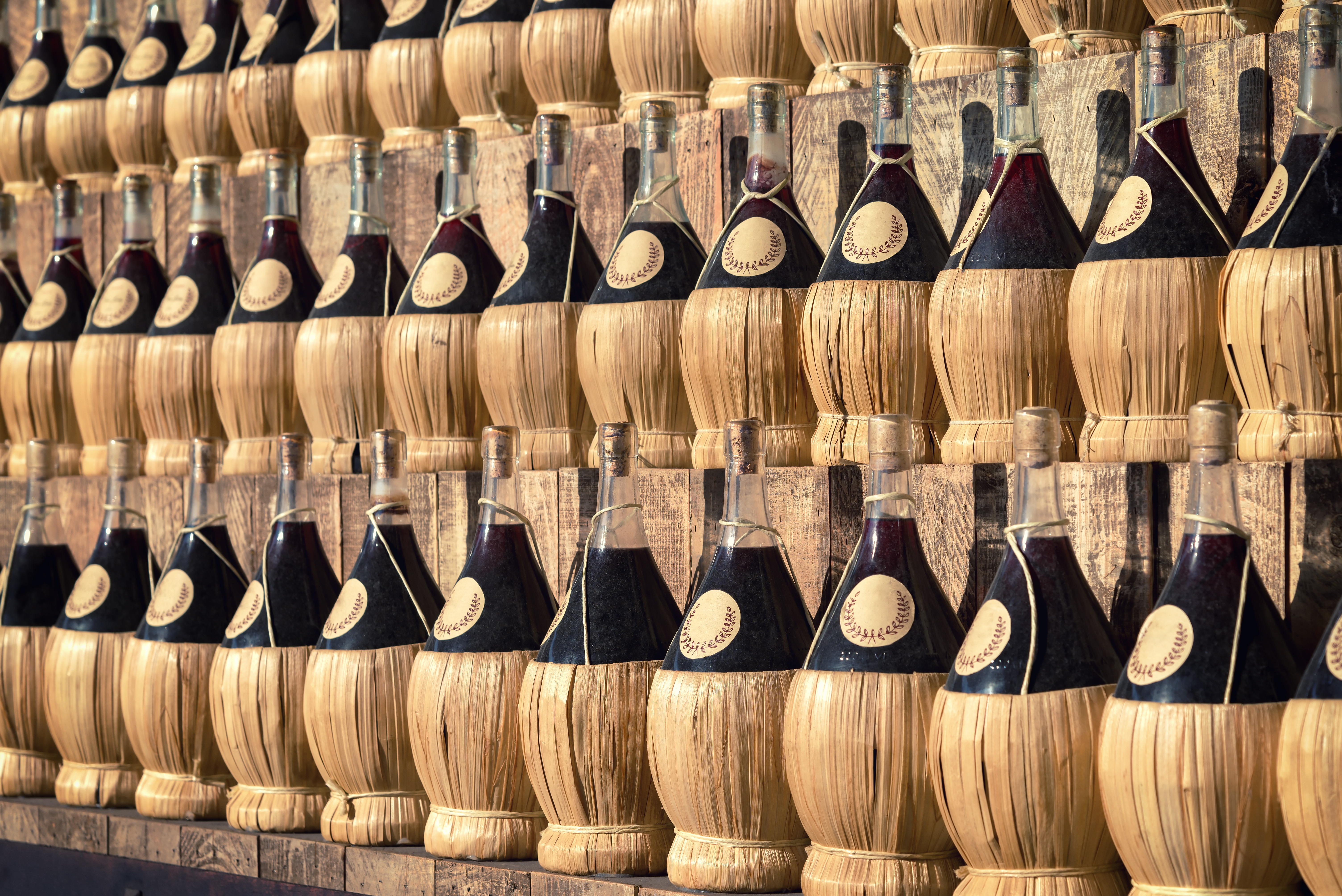In both Chianti and Chianti Classico, Sangiovese is the main grape. So what is the difference between the two?
No one would fault you if you believed (until reading this) that one is what it is and the other is the more “classic” expression of the wine. Sorry, y’all, that is unfortunately incorrect. A good effort, and it would make logical sense based on the naming, but they are both in fact two separate DOCG appellations.
Chianti Classico sits in the heart of Tuscany, while Chianti encompasses the areas outside and around Chianti Classico. The regulations in Chianti Classico are tighter than the rules in the greater Chianti appellation. The designation of Classico refers to the areas with deeper history with the wine and growing the grapes, where Chianti is the expanded area over time they allowed the grapes to grow. With regards to Chianti, it can be grown in the Tuscan provinces of Arezzo, Florence, Pisa, Pistoia, Prato and Siena. Chianti Classico is restricted to Florence and Siena, with a few additional townships.
As previously stated, Chianti as a wine is made from the Sangiovese grape, in Chianti Classico it must be at least 80% Sangiovese and the rest of the blend can come only from red grapes. With regards to the greater Chianti appellation, the wine must be at least 70% Sangiovese, the rest can be blended from a combination of red and white grapes (whites can make up no more than 10% of the blend). There are aging requirements that differ between the two as well. Chianti needs to be aged before bottling for a minimum of 3 months, Chianti Classico must be aged for 10 months minimum. One final note to help demystify the confusion that can be Italian wines and labels, if you see a label with “Chianti Superiore” that means the Chianti was aged a minimum 9 months and is from the greater Chianti appellation.
Understanding Italy Series:


I love this post! I had no idea and my mind is blown! Thank you for educating me, so much fun to learn about wine!!